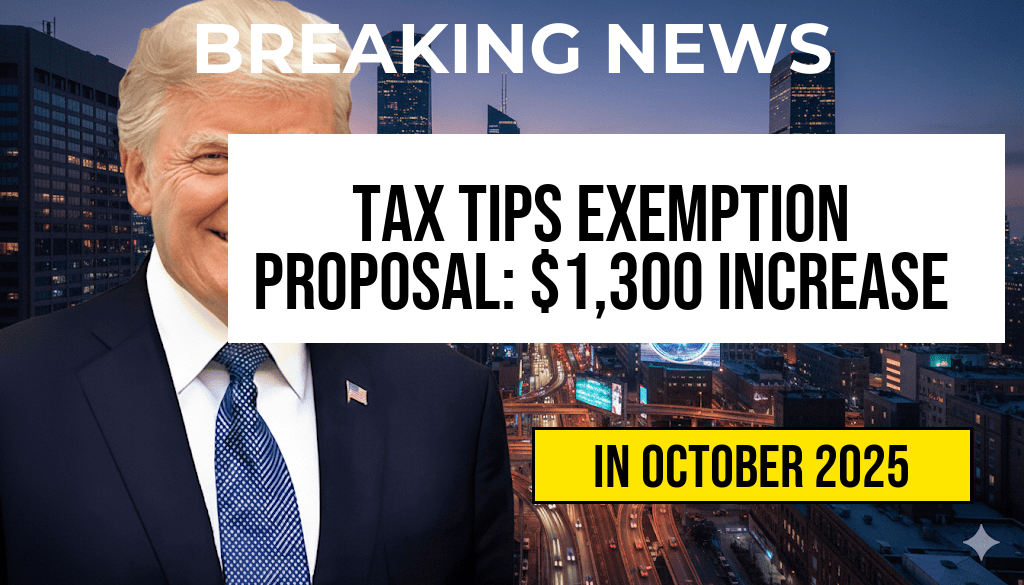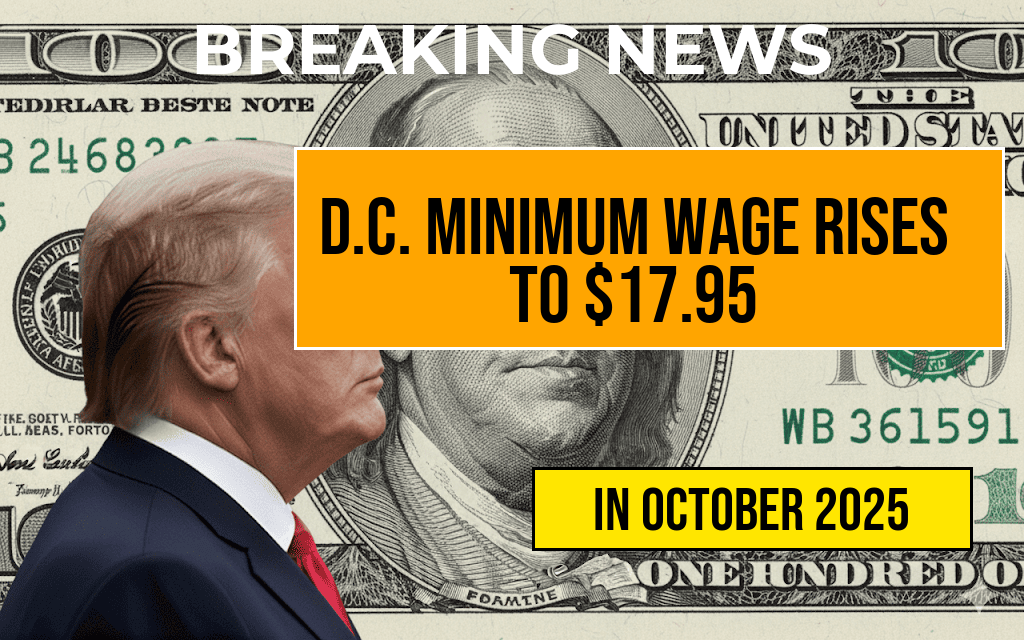Florida’s Minimum Wage Hike to $14 an Hour Expected to Significantly Boost Full-Time Workers’ Income
Florida’s recent decision to increase the state’s minimum wage to $14 an hour by September 2024 marks a notable shift in the state’s labor landscape, promising substantial earnings gains for full-time employees. For workers putting in a standard 40-hour week, this adjustment could translate to an additional $2,080 annually. The move is part of a broader effort to address income disparities and improve living standards amid rising inflation and cost-of-living pressures. Economic analysts anticipate that this increase will have ripple effects across various sectors, influencing wages, employment patterns, and consumer spending habits throughout the Sunshine State.
Details of the Wage Increase and Implementation Timeline
- The Florida minimum wage will rise incrementally, reaching $14 per hour by September 2024.
- This increase follows the state’s phased approach, which began with a $1.25 raise in 2021, bringing the minimum wage from $8.65 to $9.80.
- Subsequent annual increases are scheduled, with the goal of aligning Florida’s wage floor with the federal poverty level and regional economic conditions.
Projected Financial Impact on Full-Time Workers
For a typical full-time worker clocking 40 hours per week, the additional earnings resulting from the $14 minimum wage are straightforward to calculate. Assuming the worker maintains consistent hours throughout the year, the annual increase in gross income can be estimated as follows:
| Hourly Wage Increase | Weekly Additional Income | Annual Additional Income |
|---|---|---|
| $4.20 (from $9.80 to $14.00) | $168 (assuming 40 hours/week) | $8,736 (assuming 52 weeks/year) |
However, since many workers currently earn less than the new minimum, the immediate annual boost for those earning at or near the previous minimum of $9.80 is approximately $2,080. This figure captures the difference between the current and new wage levels multiplied by a 40-hour workweek over a year.
Broader Economic Implications
Consumer Spending and Local Economies
Increased earnings are expected to bolster consumer spending, especially in retail, hospitality, and service sectors that rely heavily on low- to middle-income workers. A rise in disposable income can lead to increased demand for goods and services, potentially stimulating local economies. According to data from the U.S. Bureau of Labor Statistics, wage growth in lower-income brackets often correlates with higher household consumption, which drives economic activity.
Employment and Business Response
Some business groups express concern about rising labor costs, fearing they could lead to reduced hiring or increased automation. Conversely, proponents argue that higher wages can reduce employee turnover, improve productivity, and foster a more motivated workforce. Studies from other regions that have implemented similar wage hikes suggest a mixed but generally positive effect on employment, with the caveat that local economic conditions play a crucial role.
Potential Challenges and Considerations
- Small businesses may face increased operational costs, prompting some to raise prices or limit hiring.
- Workers earning just below the new minimum could see their wages adjusted upward, creating shifts in wage structures across industries.
- Regional disparities in cost of living might influence the effectiveness of a uniform wage increase across Florida’s diverse areas.
Expert Perspectives and Future Outlook
Labor economists highlight that while wage increases can improve living standards, they also require careful monitoring to balance economic growth and employment levels. Dr. Lisa Johnson, an economist at the University of Florida, notes, “A phased approach allows employers and workers to adjust gradually, minimizing potential disruptions.” As Florida continues to attract new residents and businesses, maintaining a competitive wage floor could be vital for sustaining economic momentum.
Additional Resources
- Minimum wage in the United States – Wikipedia
- How Minimum Wage Increases Impact Economies – Forbes
- U.S. Bureau of Labor Statistics
Frequently Asked Questions
What is the new minimum wage in Florida?
The minimum wage in Florida will increase to $14 an hour.
How much could full-time workers’ annual earnings increase due to this wage hike?
Full-time workers could see an increase of approximately $2,080 in their annual earnings.
When will the minimum wage increase take effect?
The wage increase is scheduled to take effect on October 1, 2023.
Who is affected by the wage increase in Florida?
The increase primarily affects full-time workers earning the minimum wage across various industries in Florida.
What are the potential benefits of the minimum wage increase for workers?
The raise could improve living standards, increase purchasing power, and provide more financial stability for full-time workers.










